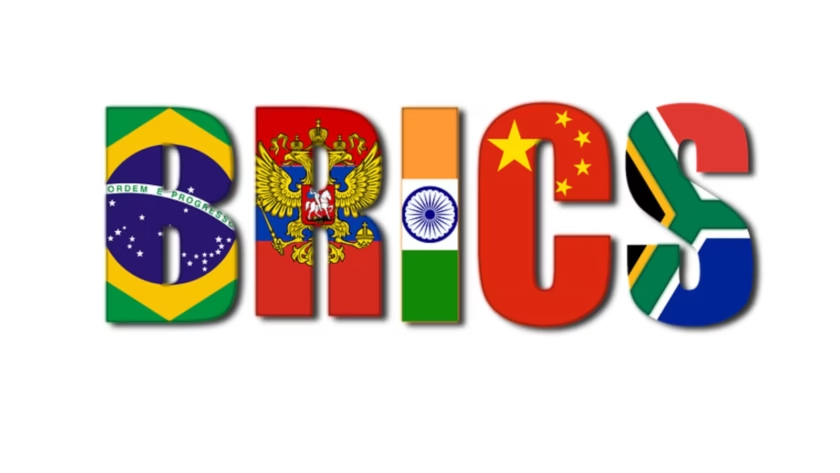Toronto: Canada’s federal election on April 28th has become a high-stakes battle, shaped by both domestic anxieties and the looming shadow of international pressures. The unexpected resignation of Justin Trudeau, coupled with Donald Trump’s aggressive rhetoric towards Canada, has created a volatile political landscape. This election is not merely about choosing a new government; it’s about defining Canada’s future in an increasingly uncertain world.
The Trigger: Trudeau’s Departure and Trump’s Threats
Trudeau’s decision to step down after nearly a decade in power was a significant turning point. His declining popularity and internal party strife had made him a vulnerable target for the resurgent Conservative party, which held a commanding lead in the polls. However, it was Trump’s bellicose pronouncements – including threats of devastating tariffs and even the annexation of Canada – that truly shook the nation and precipitated a snap election. Mark Carney, the former central banker, emerged as Trudeau’s successor, but his lack of political experience and absence of a seat in the House of Commons made him a prime target for opposition attacks. Sensing a shift in the national mood, Carney gambled on a snap election, hoping to capitalize on the public’s anxieties and solidify his position.
The Key Players and Their Promises
The election has largely boiled down to a two-horse race between Liberal leader Mark Carney and Conservative leader Pierre Poilievre. The New Democratic Party, Bloc Québécois, and Green Party have struggled to gain traction amidst the dominant narratives of economic security and national sovereignty.
Both Carney and Poilievre have vehemently rejected any notion of Canada ceding its sovereignty to the United States. However, their approaches to addressing the country’s cost of living crisis and housing affordability differ significantly.
Pierre Poilievre: The populist Conservative leader advocates for deregulation and a smaller government footprint to stimulate homebuilding. He appeals to those who feel disenfranchised by political elites, promising a tough-on-crime stance that includes potentially unconstitutional measures.
Mark Carney: The Liberal leader emphasizes government intervention in large-scale housing projects, positioning himself as a centrist figure with strong economic credentials. He has faced criticism for perceived policy overlaps with the Conservatives and allegations of tax loopholes during his time in the private sector.
The Electoral System and Potential Outcomes
Canada’s parliamentary system, inherited from the British Westminster tradition, dictates that the party winning the most seats typically forms the government. A majority government requires 172 seats, while a minority government necessitates coalition-building.
The polls initially favored the Conservatives, with a commanding 25-point lead. However, Trump’s aggressive rhetoric has dramatically altered the electoral landscape. The Liberals have surged in recent polls, now leading in key electoral regions and potentially poised to win a majority government. This dramatic shift highlights the volatility of the Canadian electorate and the significant impact of external factors on domestic politics.
The Stakes: Sovereignty and Economic Security
This election is about more than just partisan politics; it’s about Canada’s identity and its place in the world. The anxieties surrounding Trump’s threats have forced Canadians to confront fundamental questions about their sovereignty and economic security. The outcome of the election will shape Canada’s relationship with its powerful neighbor and determine the country’s economic trajectory for years to come.
As Canadians prepare to cast their ballots, they face a stark choice: a populist vision of deregulation and individual empowerment, or a more interventionist approach that prioritizes government leadership in addressing critical social and economic challenges. The decisions made on April 28th will have profound implications for Canada’s future.




